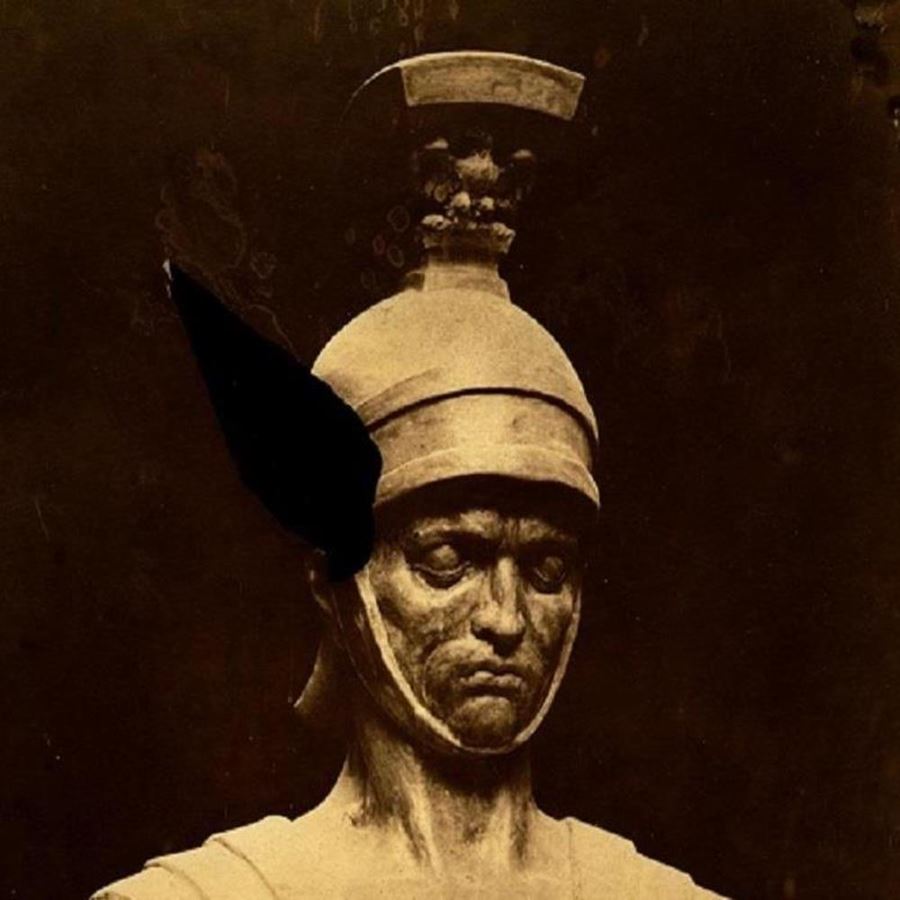Philosophy and Art History Research Seminar meets weekly in term on Thursday afternoons to discuss a paper by a visiting philosopher, art historian, or a member of our academic staff.
This weeks guest speaker is Dr Melissa Gustin from the University of York.
Abstract "American Psychopomp: Archaeology, Fake News, and the Pompeian Sentinel":
On October 24, 79 AD (or maybe August 24, or maybe November 24), Mount Vesuvius erupted, encrusting and preserving the cities around the Bay of Naples in layers of ash and mud. As the population fled the city, one guardsman stayed at his post near the Herculaneum Gate, unwilling to abandon his position; his skeleton was found a millennium and a half or so later, still in armour, a testament to the steadfastness of the Roman legionnaire-- or to the unfeeling nature of the Roman military bureaucracy. This skeleton became a Victorian exemplar of manly fortitude and bravery, of faithfulness unto death; depicted in novels, in paintings, and in Harriet Hosmer’s monumental, experimental-media sculpture. Hosmer even went so far as to copy the armour from the skeleton where it was displayed in Room 2 of the museum in Naples.
Except, the skeleton in question never existed. Hosmer’s sculpture is lost. The date given for the work by her biographer is demonstrably false. There is only a single, damaged, partial photograph of the sculpture remaining.
This paper argues that Hosmer’s sculpture of the legendary Pompeian Sentinel drew equally from fiction and contemporary archaeology, the seemingly-indexical plaster casts of the Pompeii bodies and her practical knowledge as a formatore or cast maker. It considers not only the materiality of the lost sculpture and its photograph, but tests the utility of archaeological theories (and even fallacies) in thinking about archaeological-artistic themes, lost objects, and site-specific subjects in the late nineteenth century.
The seminar will be followed by informal drinks at Top Bar and a meal.


